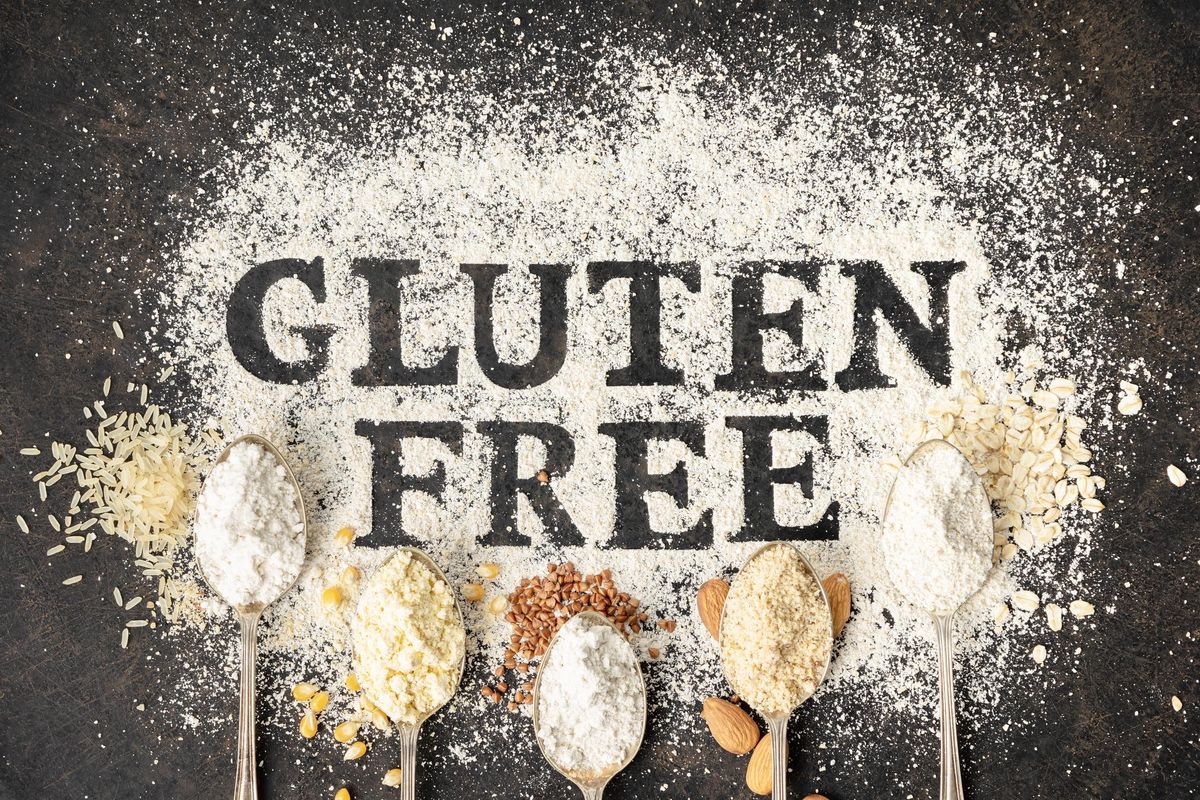
iStock.com/klenova

Learn about our editorial policies

What's up with gluten? You might not have even heard of gluten until recently when foods without this grain protein started being promoted on store shelves.
People with celiac disease, an autoimmune disorder, suffer difficult gastrointestinal symptoms that are triggered by gluten. Those individuals must avoid eating or drinking any gluten, which isn't easy.
Gluten is found in wheat, barley, rye and spelt. (Never heard of spelt either? It's a grain from ancient times that's highly nutritious.) Gluten occurs in a wide range of foods. Some of these you might expect, such as baked goods and pizza, and some you might not, like ice cream (gluten is commonly used as a thickening ingredient). Food labels now must state if a product contains gluten or was made in a facility that processes wheat.
In addition to those with celiac disease—which is being diagnosed more frequently as doctors become more aware of the condition—others don't have celiac but do have a heightened sensitivity to digesting gluten. They, too, are helped by avoiding gluten foods.
Fortunately, there are many naturally gluten-free foods, such as fruits, vegetables, poultry, eggs and more. Grains and starches that can be eaten on a gluten-free diet include corn, amaranth, flax, buckwheat (not a wheat), rice, quinoa, potatoes, soy and teff (an Ethiopian grain used for flour).
When eating gluten-free, it's helpful to consult a registered dietitian to achieve a good nutritional balance in your food selections. Your healthcare provider or a local hospital's nutrition counseling department should be able to refer you.